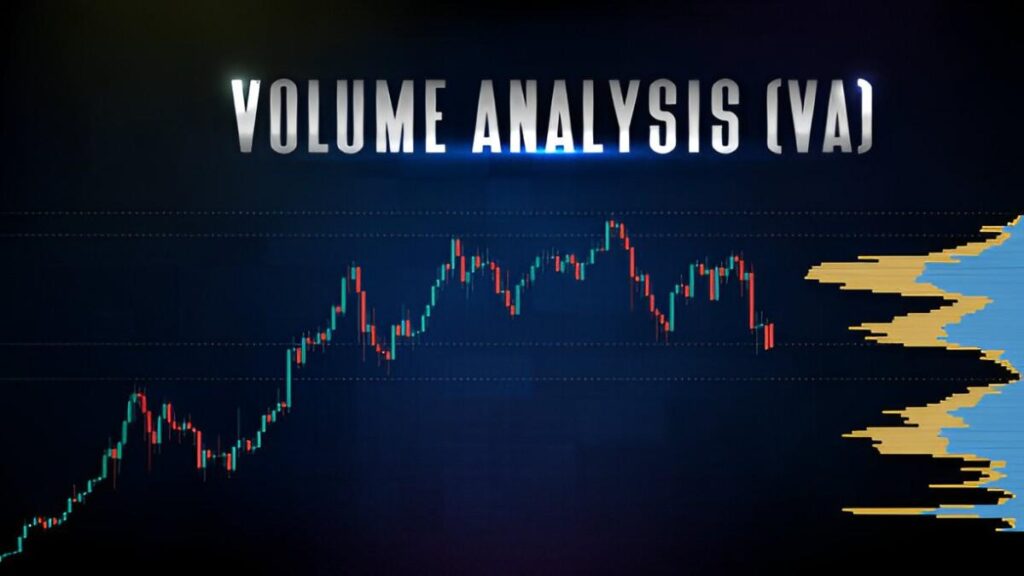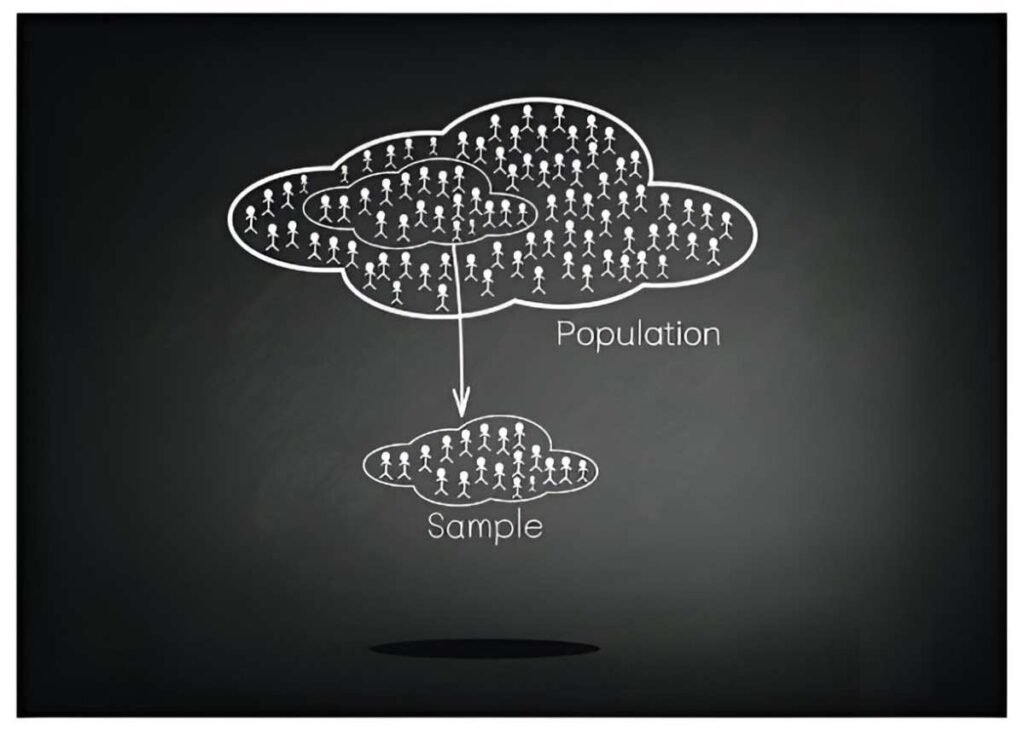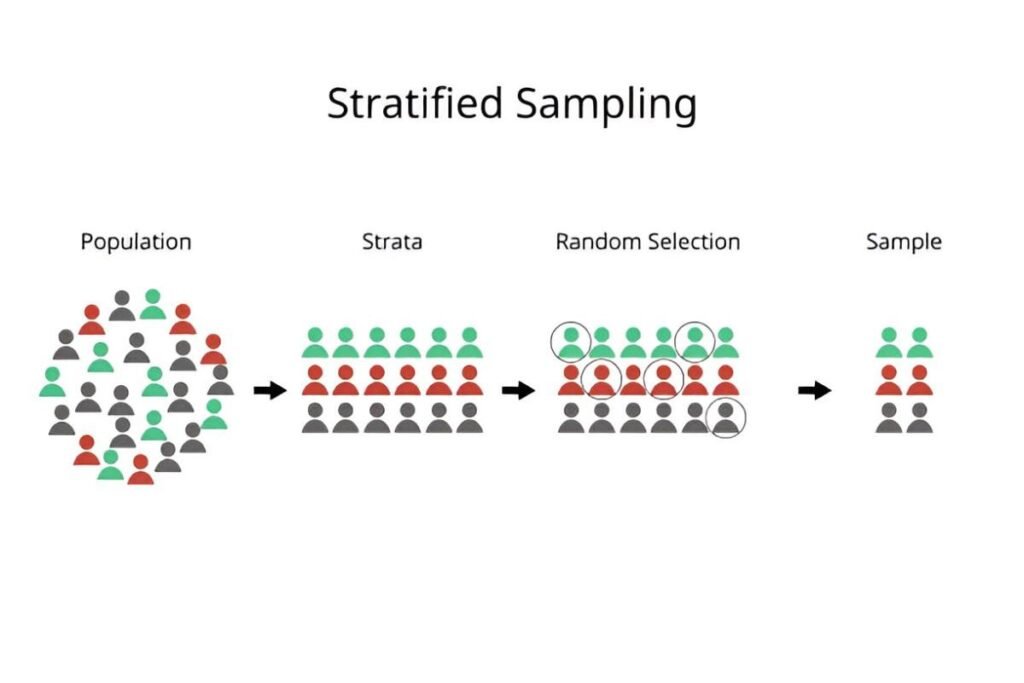Time-series analysis is one of the most powerful tools in finance, accounting, and economics. It helps us understand patterns, predict future trends, and make data-driven decisions. Whether you’re analyzing stock prices, sales data, or economic indicators, time-series analysis provides a structured way to decode the hidden stories in sequential data. In this guide, I’ll walk you through the fundamentals of time-series analysis, its applications, and how you can use it to uncover insights in your own work.
Table of Contents
What Is Time-Series Analysis?
Time-series analysis involves studying data points collected or recorded at specific time intervals. Unlike cross-sectional data, which captures a snapshot at a single point in time, time-series data tracks changes over time. Examples include daily stock prices, monthly sales figures, or annual GDP growth rates.
The primary goal of time-series analysis is to identify patterns, trends, and relationships within the data. These patterns can be used to forecast future values, detect anomalies, or understand the underlying structure of the data.
Key Components of Time-Series Data
- Trend: The long-term movement in the data. For example, a company’s revenue might show an upward trend over several years.
- Seasonality: Regular patterns that repeat at fixed intervals. Retail sales often spike during the holiday season.
- Cyclical Variations: Fluctuations that occur over longer periods and are not as predictable as seasonality. Economic cycles are a classic example.
- Random Noise: Irregular, unpredictable variations that cannot be attributed to trend, seasonality, or cyclical factors.
Why Time-Series Analysis Matters in Finance and Accounting
In finance and accounting, time-series analysis is indispensable. It helps professionals:
- Forecast future revenues, expenses, and cash flows.
- Analyze stock market trends and make investment decisions.
- Detect fraud by identifying unusual patterns in financial data.
- Evaluate the impact of economic policies or market conditions.
For example, as an accountant, I might use time-series analysis to predict a company’s quarterly earnings based on historical data. Or, as a financial analyst, I could analyze stock price movements to identify potential buying or selling opportunities.
Basic Concepts in Time-Series Analysis
Before diving into advanced techniques, it’s essential to understand some foundational concepts.
Stationarity
A time series is stationary if its statistical properties (mean, variance, and autocorrelation) remain constant over time. Stationarity is crucial because many time-series models assume that the data is stationary.
To check for stationarity, I often use the Augmented Dickey-Fuller (ADF) test. The null hypothesis of the ADF test is that the time series has a unit root (i.e., it is non-stationary). If the p-value is less than a significance level (e.g., 0.05), I reject the null hypothesis and conclude that the series is stationary.
Autocorrelation
Autocorrelation measures the relationship between a time series and its lagged values. For example, today’s stock price might be correlated with yesterday’s price. Autocorrelation is a key concept in models like ARIMA (AutoRegressive Integrated Moving Average).
The autocorrelation function (ACF) plots the correlation between the time series and its lags. A sharp drop in the ACF plot after a few lags suggests that the series is stationary.
Decomposition
Time-series decomposition involves breaking down a series into its components: trend, seasonality, and random noise. This helps me understand the underlying structure of the data.
For example, consider the following additive decomposition model:
Y_t = T_t + S_t + R_t
Where:
- Y_t is the observed value at time t.
- T_t is the trend component.
- S_t is the seasonal component.
- R_t is the residual (random noise).
Popular Time-Series Models
Now that we’ve covered the basics, let’s explore some widely used time-series models.
1. ARIMA (AutoRegressive Integrated Moving Average)
ARIMA is a versatile model that combines autoregression (AR), differencing (I), and moving average (MA) components. It’s particularly useful for non-seasonal data.
The ARIMA model is denoted as ARIMA(p, d, q), where:
- p is the order of the autoregressive component.
- d is the degree of differencing.
- q is the order of the moving average component.
For example, an ARIMA(1, 1, 1) model can be written as:
(1 - \phi_1 B)(1 - B)Y_t = (1 + \theta_1 B)\epsilon_t
Where:
- B is the backshift operator.
- \phi_1 is the autoregressive parameter.
- \theta_1 is the moving average parameter.
- \epsilon_t is the error term.
2. SARIMA (Seasonal ARIMA)
SARIMA extends ARIMA to handle seasonal data. It includes additional seasonal terms (P, D, Q) to capture seasonal patterns.
A SARIMA model is denoted as SARIMA(p, d, q)(P, D, Q)_s, where s is the seasonal period.
3. Exponential Smoothing
Exponential smoothing models are simple yet effective for forecasting. They assign exponentially decreasing weights to past observations.
The simplest form is the Simple Exponential Smoothing (SES) model:
\hat{Y}_{t+1} = \alpha Y_t + (1 - \alpha) \hat{Y}_t
Where:
- \hat{Y}_{t+1} is the forecast for the next period.
- \alpha is the smoothing parameter (0 < \alpha < 1).
4. Vector Autoregression (VAR)
VAR models are used when multiple time series influence each other. For example, GDP and unemployment rates might have a bidirectional relationship.
A VAR model with two variables can be written as:
Y_{1t} = c_1 + \phi_{11} Y_{1,t-1} + \phi_{12} Y_{2,t-1} + \epsilon_{1t}
Practical Example: Forecasting Stock Prices
Let’s apply time-series analysis to a real-world example: forecasting stock prices. Suppose I have daily closing prices for a stock over the past year.
Step 1: Data Preparation
First, I check for stationarity using the ADF test. If the data is non-stationary, I apply differencing to make it stationary.
Step 2: Model Selection
Next, I plot the ACF and PACF (Partial Autocorrelation Function) to identify potential ARIMA parameters. Suppose the ACF plot shows a sharp drop after lag 1, and the PACF plot shows a significant spike at lag 1. This suggests an ARIMA(1, 1, 0) model might be appropriate.
Step 3: Model Fitting
I fit the ARIMA(1, 1, 0) model to the data and evaluate its performance using metrics like AIC (Akaike Information Criterion) or RMSE (Root Mean Squared Error).
Step 4: Forecasting
Finally, I use the fitted model to forecast stock prices for the next 30 days.
Challenges in Time-Series Analysis
While time-series analysis is powerful, it comes with challenges:
- Non-Stationarity: Many real-world time series are non-stationary, requiring transformations like differencing or logarithms.
- Missing Data: Gaps in the data can complicate analysis. Techniques like interpolation or imputation may be needed.
- Overfitting: Complex models can perform well on historical data but fail to generalize to new data.
Conclusion
Time-series analysis is a vital tool for anyone working with sequential data. By understanding its core concepts and techniques, you can uncover patterns, make accurate forecasts, and gain deeper insights into your data. Whether you’re analyzing financial markets, sales trends, or economic indicators, time-series analysis provides a structured approach to decoding the complexities of time-dependent data.





